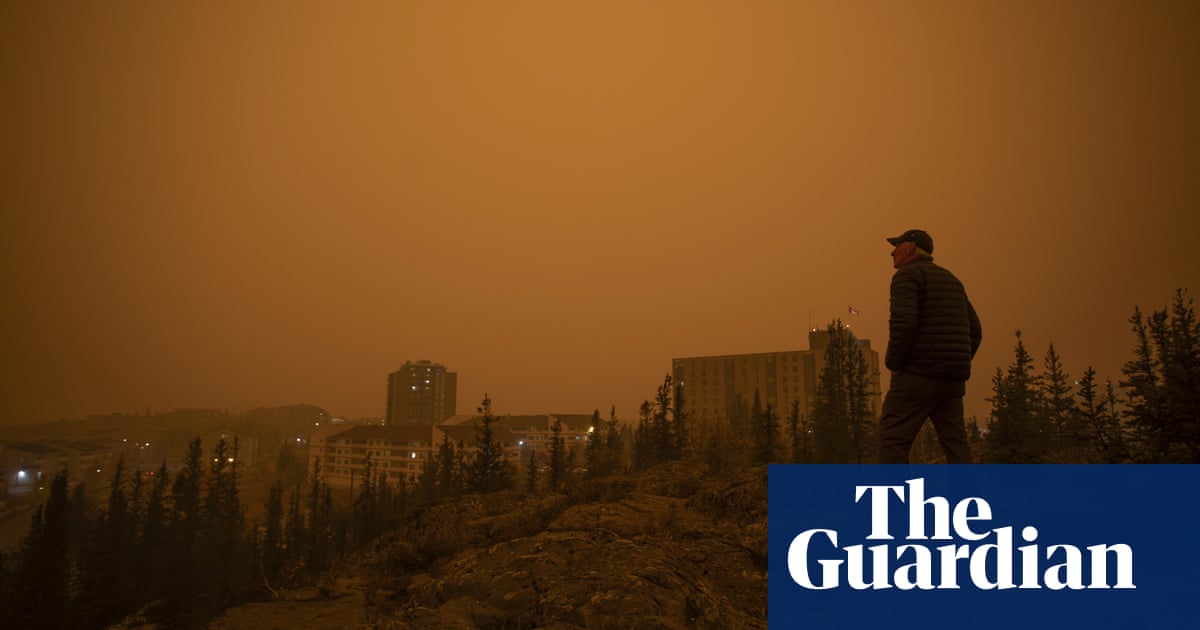
Take a look at the cost schedule for American government services, and you are likely to walk away boggled. Who are all these people working for the government? Why are they getting paid so much? And why does it seem to take so many of them to get anything done?
Look, for example, at the recent construction of the Second Avenue subway line in New York City, recently highlighted by the New York Times as “the most expensive mile of subway track on earth.” The employees singled out in that article do not work for the city, but they might as well; it is a collection of consultants, contractors and union laborers who work largely on government infrastructure projects.
In the interests of full disclosure, I should note that my father used to be the head of the trade association for the contractors who do this sort of work in New York City; my views were formed by this perspective. The current head of that association is interviewed in the Times article.
I have a slightly different perspective on why everything costs so much, which is that in New York, there is a collision of all the things that conspire to drive up costs. Other places may have eminent domain trouble, or politically influential labor unions, or somewhat challenging geography, or laws that let community groups delay work, or multiple layers of government and government review that pile up costs, or high costs of living that drive wages through the roof, or dysfunctional government bidding processes. … New York has all of these things in something close to their terminal form. It’s actually sort of a miracle that anything ever gets built there, or that it costs less than “all the money in the world, plus 50 cents.”
But as the Times notes, both the cost of labor and the amount of labor that’s used contribute a great deal to those bloated bottom lines. Why does Paris, with its feisty unions, manage to use fewer workers than New York City, and get jobs done for a fraction of the cost?
Because New York unions are politically connected, and for various reasons, the American government is particularly vulnerable to capture by these sorts of interests, especially as regional partisanship hardens. New York City is a one-party town in a very blue state; while New Yorkers may occasionally vote for a Republican mayor or a Republican governor, the down-ticket offices are filled in the Democratic primary. Those politicians have no interest in angering a large segment of their base that has a lot of cash for campaign contributions, and is well organized to turn out and influence elections. And the finance industry throws off such a vast river of cash that they can get away with bloated construction budgets. So no one has any incentive to crack down on wages or featherbedding.
Theres a classic explanation of why collective bargaining is good: because employers have disproportionate economic power, and will therefore conspire to treat their workers unfairly. Collective bargaining levels the playing field, in theory. It organizes workers into a sort of corporation of their own, giving them enough countervailing power to get a fair deal from employers.
There are lots of ways to critique this model, but let’s leave that for another column. Instead let’s address a different question: What happens to that model when you transfer it to government operations?
It’s obvious where some problems might arise. For one thing, in the private sector, there is an effective limit to the value that unions can claim; they cannot demand deals that will raise the price of the goods they make or the services they provide so high that the market balks and the firm goes bankrupt. (Okay, well, they can demand those deals. Maybe they can even get those deals. But the deals will be short-lived and have little impact on anyone except the sadly unemployed workers and managers.)
But in the public sector, the employer is a monopolist on the services it provides. Faced with labor demands, the government may simply choose to raise prices (that is, taxes). This monopoly is not limitless; a town with a wild tax burden may soon lose its residents. And even if people don’t move, the city payroll will be disciplined by local incomes. The government cannot tax what the residents don’t have. Nonetheless, it’s easy to see how collective bargaining could drive the price of government services to far above the level a competitive market would set -- benefiting the workers but impoverishing the taxpayers, or alternately, making sure that those taxpayers get fewer, much more expensive government services.
There’s another aspect, especially in America: Those who work for the government can manipulate the political system. Now, they’re apt to try to do this whether or not they have collective bargaining: Government employees are an important constituency that politicians must consider even when they don’t belong to a union. But the union makes their lobbying more effective, because it organizes and disciplines those workers into an effective interest group, and because union dues finance more and more effective attempts to influence the political process.
So what we should expect to see in areas where government workers are unionized is that government services are either more costly, or lower quality, or both. Why lower quality? First, because if workers are paid more, government can afford fewer employees and fewer hours. Second, because while most of the debate in this country is over the effect of unions on wages, in fact, wages are only part of what unions agitate for. Unions, for example, like to make it very difficult to fire their workers, because job security is very valuable to workers, so they will push for rules and processes that protect even unproductive, incompetent or difficult workers. Bloomberg












